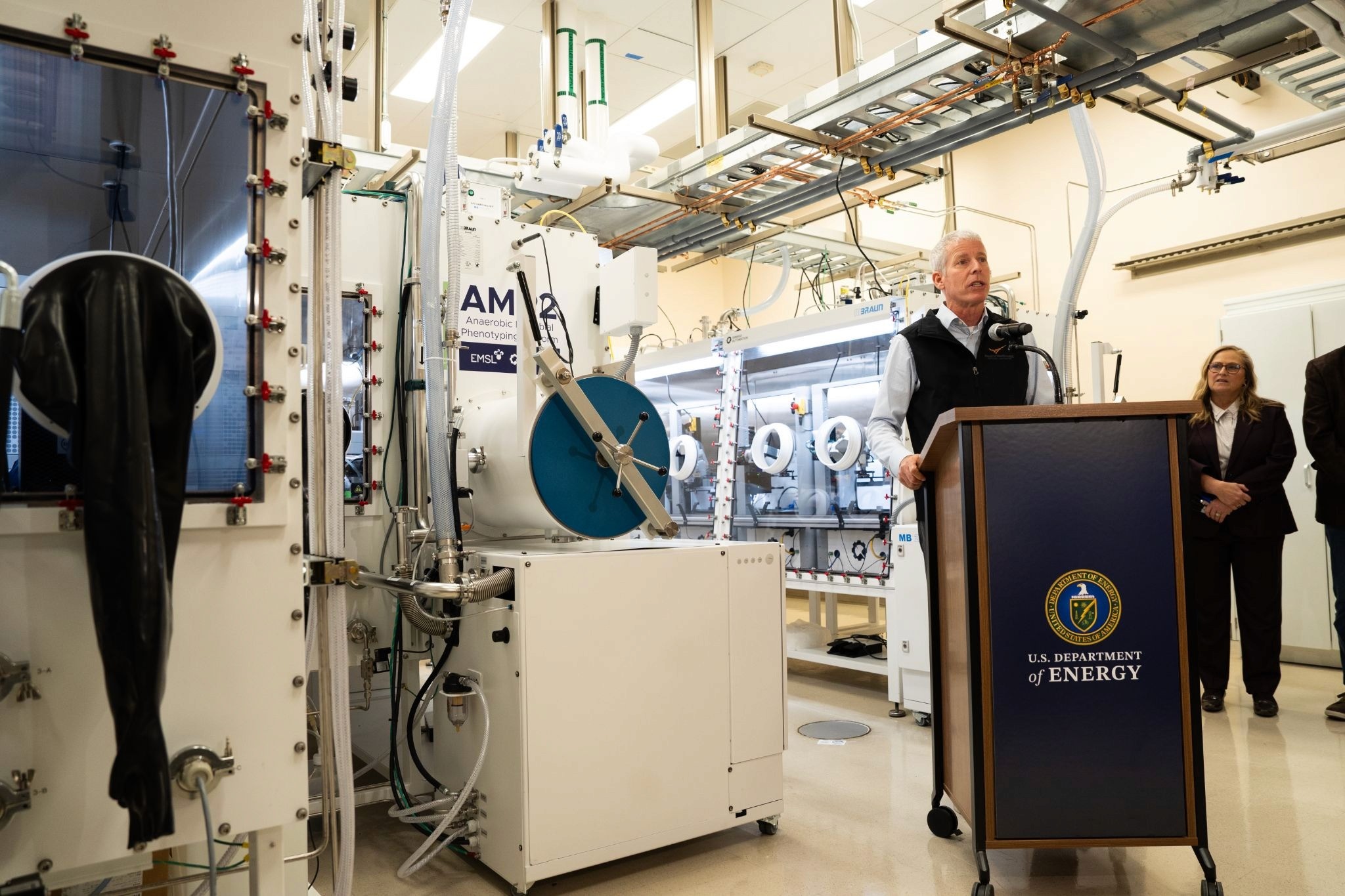Synthetic Peptide Could Turn the Tide in the Fight Against Antibiotic-Resistant Bacteria
A groundbreaking synthetic peptide designed to mimic a natural toxin has been developed by researchers to inhibit a class of enzymes in bacteria, paving the way for new antibiotic treatments
Jul 24, 2023
CDC CCO images (Canva)
In a groundbreaking development, scientists at the Indian Institute of Science (IISc) have engineered a short peptide that can neutralize a critical enzyme in harmful bacteria, including some of the most lethal and antibiotic-resistant strains. This discovery, published in EMBO Reports, could pave the way for new treatments to combat the growing threat of antibiotic resistance.
The peptide, composed of approximately 24 amino acids, replicates the function of a natural toxin that inhibits a group of enzymes known as topoisomerases. These enzymes are vital for the process of bacterial DNA replication and protein synthesis, making them an appealing target for antibiotic development. Notably, the bacterial versions of these enzymes are significantly different from their human counterparts.

Fluoroquinolones, such as ciprofloxacin, are among the most commonly prescribed antibiotics, and they target these topoisomerases. However, their overuse has contributed to the alarming surge of antibiotic-resistant bacteria worldwide, necessitating the exploration of alternative strategies and molecules.
The peptide developed by the IISc team operates by binding to an intermediate complex formed by topoisomerases and bacterial DNA, effectively "trapping" it. This initiates a chain reaction that culminates in bacterial cell death, a mechanism similar to that of a natural toxin called CcdB, produced by certain bacteria and plasmids.
"The full-length CcdB protein is large and not feasible to use as a drug in its entirety," said Jayantika Bhowmick, the study's first author and a former PhD student at IISc, now a postdoctoral researcher at the University of Cambridge. Instead, the team extracted a small segment from the tail end of this protein and appended a few more amino acids to enable the new peptide to penetrate bacterial cells. The peptide design was executed by the lab of Jayanta Chatterjee, a professor in IISc's Molecular Biophysics Unit.
The team then evaluated the new peptide's impact on the growth of several disease-causing bacterial species, including E. coli, Salmonella Typhimurium, Staphylococcus aureus, and a multidrug-resistant strain of Acinetobacter baumanii. The peptide was found to either obstruct or "poison" a specific type of topoisomerase, known as DNA gyrase, in many of these species. It also demonstrated the ability to disrupt most of the strains' membranes.
The authors wrote that the “short cell-penetrating 24-mer peptide, CP1-WT, derived from the Gyrase-binding region of CcdB and examine its effect on the growth of Escherichia coli, Salmonella Typhimurium, Staphylococcus aureus and a carbapenem- and tigecycline-resistant strain of Acinetobacter baumannii in both axenic cultures and mouse models of infection. The CP1-WT peptide shows significant improvement over ciprofloxacin in terms of its in vivo therapeutic efficacy in treating established infections of S. Typhimurium, S. aureus, and A. baumannii. The molecular mechanism likely involves inhibition of Gyrase or Topoisomerase IV, depending on the strain used.”
In animal models, the peptide significantly reduced infection rates. "In most cases, the decrease in bacterial count in major organs following peptide treatment was higher than in the ciprofloxacin-treated group. That was quite encouraging," Bhowmick said. For instance, in animals infected with antibiotic-resistant Acinetobacter baumannii, peptide treatment led to an 18-fold reduction in bacterial load in the liver, compared to a 3-fold reduction by ciprofloxacin. The peptide also proved to be relatively safe, causing no toxic reactions in the animals.
The researchers believe that since the peptide binds to a different site on the bacterial enzyme than ciprofloxacin, it could provide leads for the identification of drugs that could be used in combination with existing antibiotics. The study also underscores the importance of targeting topoisomerases as a viable strategy for discovering new antibiotics, added Raghavan Varadarajan, a professor at the Molecular Biophysics Unit and one of the study's corresponding authors.


















